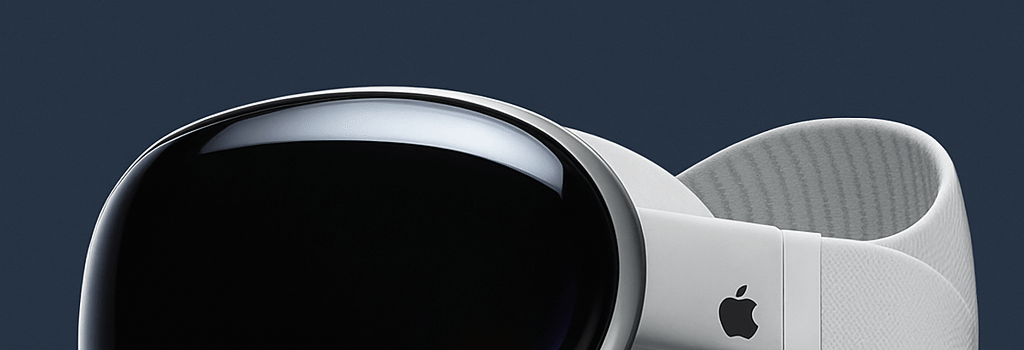Apple Updates Vision Pro with M4 Chip and Ergonomics in 2025

Apple’s Vision Pro hasn’t seen a hardware revision since its market debut in February 2024 at $3,499. Instead, the company has focused on iterative software enhancements via visionOS updates. According to Bloomberg’s Mark Gurman, an interim hardware refresh is expected in late 2025, featuring the Apple M4 processor and a redesigned, more comfortable head strap. This stopgap update will bridge the gap to a fully reimagined headset due in 2027.
Key Upgrades in the 2025 Refresh
- Apple M4 System-on-Chip – Replacing the 3-year-old M2, the M4 brings up to 50% higher multi-core CPU performance and 20–25% faster GPU rendering. Rumored specs include an 8+4 CPU core layout (8 performance, 4 efficiency), up to 12-core GPU, and a 16-core Neural Engine.
- Enhanced Video Pipeline – Improved ISP, video encode/decode blocks, and AI-accelerated noise reduction are expected to boost passthrough clarity and reduce latency.
- Redesigned Head Strap – New materials and a counterweight system aim to lower neck strain. Although overall weight remains near 1.3–1.4 lbs, center-of-gravity improvements should increase comfort for multi-hour sessions.
visionOS 26: Software Synergy
The upcoming visionOS 26 update, slated for fall 2025, will complement the hardware refresh with:
- Native 3D video playback support from third-party services.
- Refined avatar rendering powered by on-device ML models.
- iOS-style widgets and new multitasking gestures.
- “Liquid Glass” design unifying UI across iOS, iPadOS, macOS, watchOS, and tvOS.
- Expanded compatibility with Bluetooth controllers, USB-C docks, and enterprise peripherals.
Thermal Management and Power Efficiency
Integrating the M4 into a compact XR headset presents thermal challenges. Apple’s in-house thermal modeling suggests the M4’s efficiency cores will handle background processes, while performance cores spike only for intensive rendering tasks. Early teardown analyses and Geekbench leak data indicate peak power draw could reduce by up to 15% versus the M2 variant, prolonging battery life by approximately 30 minutes under mixed workloads.
Enterprise Focus and Tethered Designs
In parallel with the consumer refresh, Apple is developing a tethered Vision Pro for enterprise customers. This model, codenamed “Enterprise Link,” offloads compute and battery to a belt-pack or workstation, offering:
- Continuous 8K × 8K rendering capability.
- Uncapped thermal headroom for sustained AR/VR sessions.
- Seamless integration with industry software—CAD, remote collaboration platforms, and secure virtualization.
IDC analyst Sarah Perez notes, “A tethered XR solution could open doors in manufacturing, healthcare, and remote assistance, where device uptime and consistent performance are paramount.”
Looking Ahead: 2027 Redesign and AR Glasses
“Apple’s goal is to transition from camera-based passthrough to direct retinal projection for true augmented reality,” says supply chain expert Ming-Chi Kuo.
The more radical headset overhaul expected in 2027 or 2028 will focus on:
- Weight Reduction – Targeting under 1.0 lb via carbon-fiber composites and micro-LED optics.
- Retinal Projection – Eliminating the need for dual cameras by using waveguide-based direct retinal displays.
- Standalone AR Glasses – Ultra-light units for basic notifications, navigation overlays, and short-session AR interactions.
Industry Implications
Analysts predict that these staged updates will help Apple maintain a competitive edge versus Meta’s Quest Pro and upcoming Snapdragon-powered MR headsets. An interim M4 refresh ensures that Vision Pro stays relevant in performance benchmarks, while Apple ramps up R&D for next-gen optics and form factors.
Pricing and Availability
No official pricing details have been announced. Historical trends suggest Apple may absorb some component-cost reductions—particularly by standardizing RAM at 16 GB—and could offer the M4-equipped Vision Pro at a modest $200–$300 price cut relative to the M2 model.